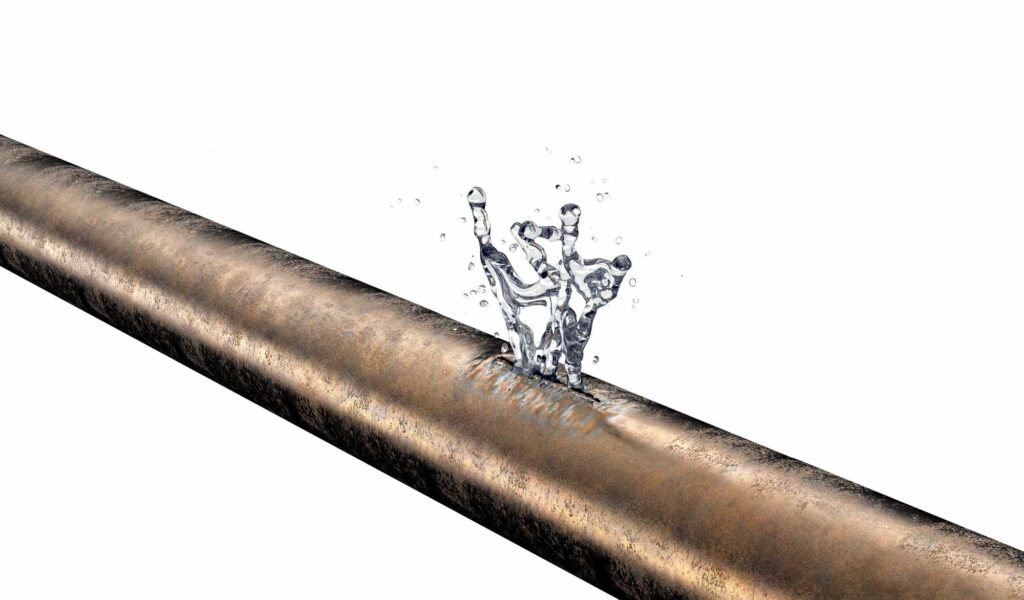
Winter can be brutal on pipes, one little spot of missed insulation can cause an air leak that freezes your water pipes. Fortunately there are various systems that can alert you to problems, infrared cameras to detect leaks before there’s a problem, and water sensors to alert when there is a leak. Imagine testing or monitoring our IT systems like we test and monitor our homes. Check the systems before there is a problem, or alert us early to take action when there is a problem. Healthcare is ever more reliant on data flows and pipes to connect the various systems and ensure smooth operation. But how are these problems recognized? Who reports them? Is there an early detection system to alert when there is a problem?
When we build a house it is important to ensure all the pipes are connected and all those insulation trouble spots are tightly sealed to prevent problems down the road when the new owners move in. Fortunately there are infrared cameras and blower door tests for homes to discover potential problem areas. When we’re building new solutions into healthcare networks there are countless points of failure that can occur when systems go live, and with the proliferation of new applications from patient monitoring to clinician web-based and mobile apps, the number of potential points of failure increase. Do we have an infrared camera or blower door test for the maze of networks in a healthcare facility? Testing every connection for a new system, upgrading systems, or implementing a new mobile app will quickly overwhelm even the most well-staffed IT department. Test automation can quickly, efficiently, and repeatedly test systems to ensure that all functionality will perform as expected and provide the end-user experience that is desired.
As much as we can prepare our home ahead of time, sometimes there are events outside of the home that will cause things to go awry. Problems with the electrical grid, gas network or even water distribution can lead to unexpected problems in the home and cause catastrophic leaks. Fortunately we also have tools to monitor the state of our home in the event a change on the outside causes a problem on the inside. Leak detectors can alert homeowners to potential problems, allowing quick action to prevent flooded basements and avoid the physical and emotional stress that comes with clean-up. Similarly in healthcare continuously monitoring networks and automatic notification of an issue can prevent stress on the end-user that relies on these systems for patient. Too often when networks go down, often due to an upgrade or issue beyond the walls of the facility, the end-user is the first to notice. It’s not just one end-user that’s impacted, it can be thousands, and they will start calling the help desk. Applications and Integration monitoring can sound an early alarm and allow IT teams to respond quickly to an event, end-users can be notified early, and IT teams can work quickly to minimize disruption and stress. IT teams should be aware of an IT issue before the end-user, network monitoring can facilitate this.
Back in 2021 research found that one-third of healthcare workers felt that technology contributed to emotional exhaustion, and were frustrated at least 3-5 days per week. In the past 2 years since the study was done, the number of applications and solutions has only increased, as has the technology burden on clinical staff. Clinical staff works to take care of the patient, they seek to prevent problems for patients before they occur, shouldn’t IT systems do the same?
Nobody wants to deal with frozen pipes or disconnected networks. For over 10 years Tido Inc has helped healthcare organizations save over $30 million with our integration and testing packages. Connect with us today and see how Tido Inc can partner with your teams to help build a tighter, better connected, healthcare house.